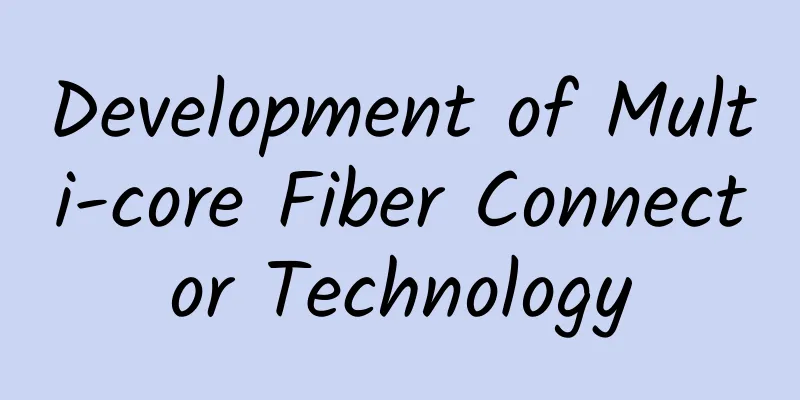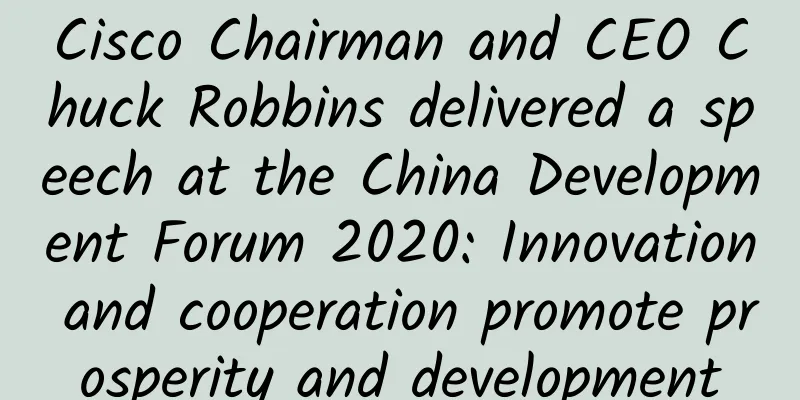8 myths about 5G

|
5G is the next generation of wireless broadband technology that will make a huge advance in global connectivity. Although this new technology will not be rolled out globally until 2020, the opportunities it will provide are exciting.
The evolution of cellular mobile standards from 2G to 5G has brought about major changes in technology that have revolutionized the way people live and work. Virtually all devices with microprocessors in the world will be connected to the Internet in the future, and these devices rely on high-quality, fast and secure network connections. Yet we are only beginning to understand the impact this new technology will have on business and society at large. Some of these benefits are obvious, others are more subtle. And, with its development and the hype surrounding it, many myths have also arrived. Here are 8 common myths about 5G and the realities behind them: 1. Higher connection speed. Providing high-speed data to users is one of its key goals, while low latency and high capacity are other key goals. 2. End-to-end latency is less than 1 millisecond. Although the ultimate goal of 5G networks is to provide latency of less than 1 millisecond, the network will have to be fully deployed before that goal can be achieved. 3. Smartphones will dominate the 5G market. Smartphones emerged during the 3G era and have exploded in popularity. However, 5G will not only enable faster and better smartphones, but will also bring mass consumer devices, sensors and applications for smart homes and cars, as well as other Internet of Things (IoT) devices. 4. It is only used for short-range, line-of-sight communications. 5G uses millimeter wave frequencies, which are ideal for short-range communications. However, ongoing experiments show that techniques such as beamforming can achieve greater coverage for users in challenging environments beyond line of sight. 5. It is only used in high frequency band. While 5G will be deployed in very high millimeter wave frequency bands, it will also use lower band spectrum, both licensed and unlicensed. 6. 4G will be replaced. 5G will coexist with 4G for a long time to come. 4G can provide sufficient functions for many current applications such as voice, data and even the Internet of Things. 7. It will serve as the main connection method for the Internet of Things. The low latency and high speed of 5G provide great development space for the Internet of Things, but there are other technologies that provide network connection services for the Internet of Things, such as LoRa and Sigfox for low-power wide area networks. 8. The main beneficiaries will be operators and suppliers. Mobile network operators, network equipment manufacturers and smartphone manufacturers are the main business beneficiaries of 4G networks. However, 5G will transform many industries, including automobile manufacturing, agriculture, transportation, entertainment, health and medicine. While the technologies that make up 5G are still being developed, it is clear that it will have three main use cases, these are:
Based on these technological changes, the future will undoubtedly be exciting! |
<<: How did Beiming Software and Huawei achieve new highs in cooperation performance?
>>: Ruijie Smart Town E-Day Tour
Recommend
Comprehensively promote IPv6 and completely change network life
If you have been following the developments in ne...
Let’s talk about the complete guide to HTTP status codes. Have you learned it?
1. Overview of HTTP Status Codes 1. Concept When ...
A Brief Analysis of TSN Time Sensitive Network Technology
With the continuous development of industrial int...
Why is it necessary to change the RAN architecture?
First, we need to know why we need to evolve from...
HostDare adds NVMe disk CN2 GIA line VPS, 15% discount starting from $30/year
After HostDare launched the Los Angeles NVMe SSD ...
The number of users is not increasing, the time spent is declining, and 5G applications are delayed. Can we only wait for the flowers to bloom in 2021?
As for why? No need to look at the official expla...
Six predictions for the 5G market in 2020
2019 is the first year of 5G worldwide. More than...
5G will change society in the future: eight application scenarios
The epoch-making 5G technology, in addition to a ...
Screen unlocking technology + 48MP ultra-wide-angle AI triple camera, Huawei Enjoy 10S in-depth review
I don’t know when it started, but when people men...
PacificRack: $8/month Windows VPS-4GB/60G SSD/30M unlimited/Los Angeles
At the end of last month, I just shared the news ...
MIIT News: my country to add 580,000 5G base stations this year
On December 24, at a press conference held by the...
HostYun: Hong Kong high bandwidth VPS 10% off monthly payment starting from 18 yuan, 50-100M bandwidth
HostYun has launched a new product, this time it ...
CMIVPS: VPS hosting with 30% off annual payment and 20% off monthly payment, large bandwidth/direct connection in Hong Kong
CMIVPS released a new discount plan for blog read...
China? The United States? South Korea? Which country has the strongest 5G private network application development in the world?
As an important driving force for the digital tra...
![[6.18] Eurasia Cloud: Los Angeles CN2 GIA line VPS quarterly payment starts from 56.8 yuan](/upload/images/67cabe93dbfe8.webp)








